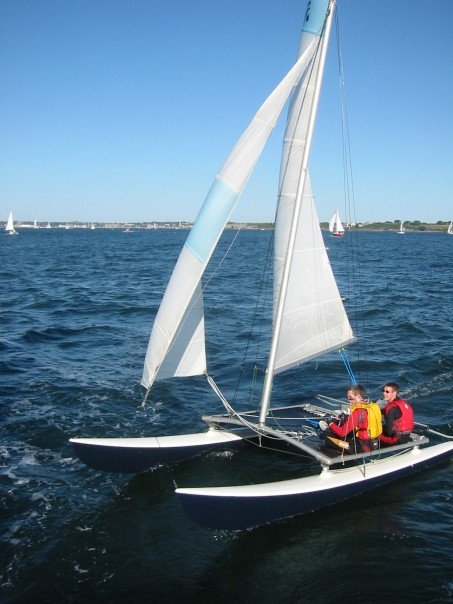Bushmans
Smoke Dragon Herder
Congrats Spidey!
Merry Christmas.
Merry Christmas.

Am I the only one watching A Christmas Story and seeing Whitespider as the father fighting with the furnace?
Something like the Riteway Model 37 would be a lot better to fool around with.
Ash pan plus 7.5 cubic ft. firebox!
Wood Stove/Outdoor Furnace
I've got one I bought new in 1979 sitting in the shop out back.
 You go get 'em, Spidey!! You've wanted a grate in that thing and mulled over the fact since the virtues of such an act was debated in another thread a while back! Gald to hear the preliminary results are to yer satisfaction,,:msp_w00t:
You go get 'em, Spidey!! You've wanted a grate in that thing and mulled over the fact since the virtues of such an act was debated in another thread a while back! Gald to hear the preliminary results are to yer satisfaction,,:msp_w00t: You go get 'em, Spidey!! You've wanted a grate in that thing and mulled over the fact since the virtues of such an act was debated in another thread a while back! Gald to hear the preliminary results are to yer satisfaction,,:msp_w00t:
Now,,,what say the "Naysayers" from the thread when the grate was debated?otstir:
I wasn't really a naysayer before, just thought there should be a way to make it work right stock. The one concern I have is that now there's a lot of heat on the floor of the stove, where it was protected by the brick before. That could be a longevity issue, possibly worked around with a piece of steel plate spaced up a little from the floor plate.
Might not be a problem, but something to think about.
Am I the only one watching A Christmas Story and seeing Whitespider as the father fighting with the furnace?
Something like the Riteway Model 37 would be a lot better to fool around with.
Ash pan plus 7.5 cubic ft. firebox!
Wood Stove/Outdoor Furnace
I've got one I bought new in 1979 sitting in the shop out back.
I'm glad to hear you left the secondary burn operable...
Installing the grate worked real well; more complete burns and longer heating time, but it was a huge PITA to lift the grate and clean under it everyday. And it was near impossible to time burns so it could be cleaned when I was home. Problem was… if I didn’t clean it, and it filled with ashes under the grate, it just reverted to the same crap. So I decided to try a different tact.
Naw... you ain't a jerk Marc, and you're 100% correct.
The use of the word "tact" was a temporary mind lapse on my part (see, I ain't as perfect as I think I am).
Oh... and we have a small two-man sail boat up at the summer lake home, so I have no excuse for the lapse.


Enter your email address to join: